10 Fresh Ideas for Your Garden from Europe
Add a touch of European flare to your gardens this summer by implementing some of the trends of French and Maltese gardens.

In late May, a group of 32 Extension Master Gardeners and Michigan State University Extension employees toured some of the most famous gardens in the countries of France and Malta on a horticulture study trip. Tour participants saw countless interesting plants and new design ideas, but I have consolidated some of the gardening trends observed. Here are 10 new ideas that you could implement in your garden:
1. Create “rooms” in your garden for privacy and interest
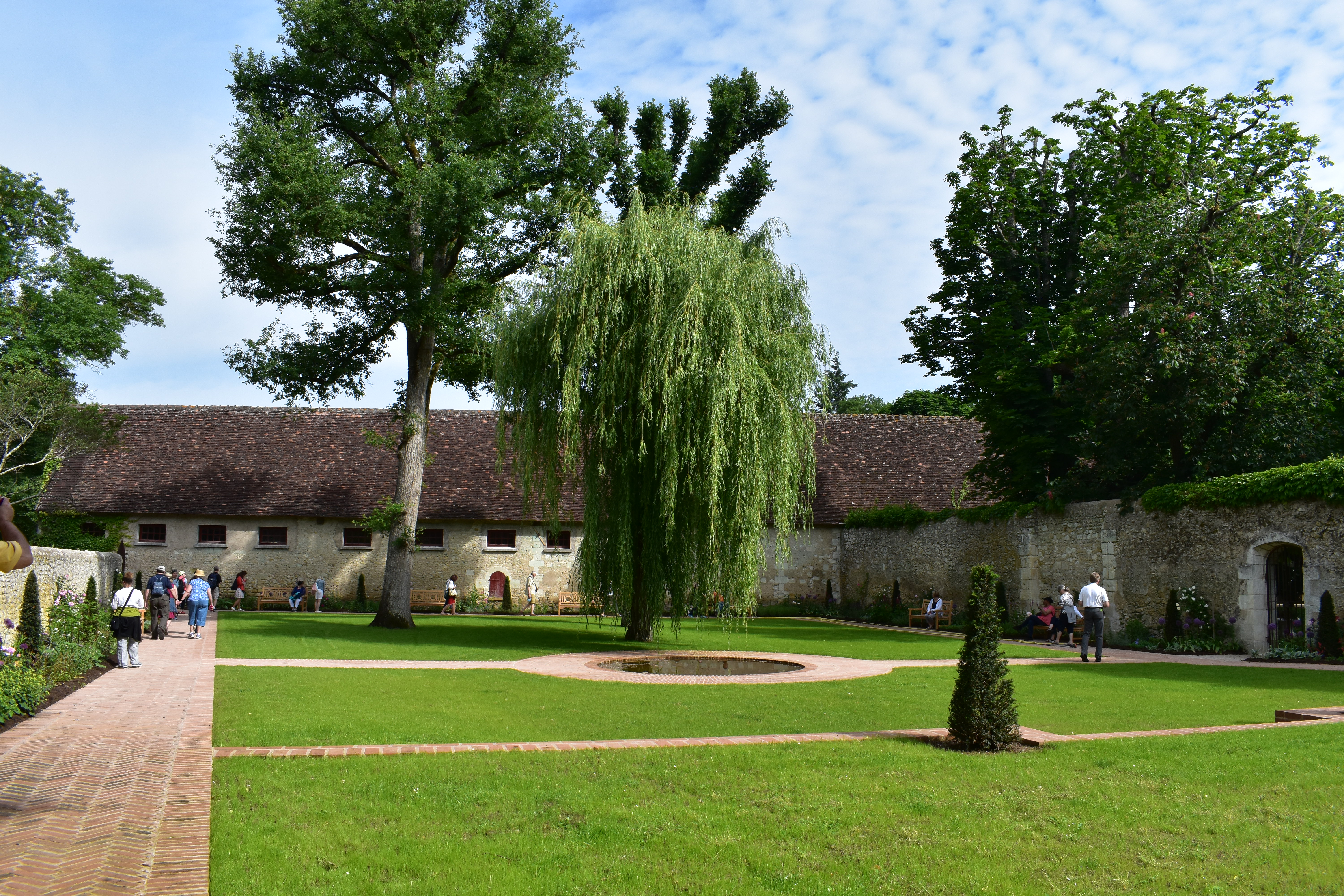
Photo 2. A new walled garden at the Château de Chenonceau.
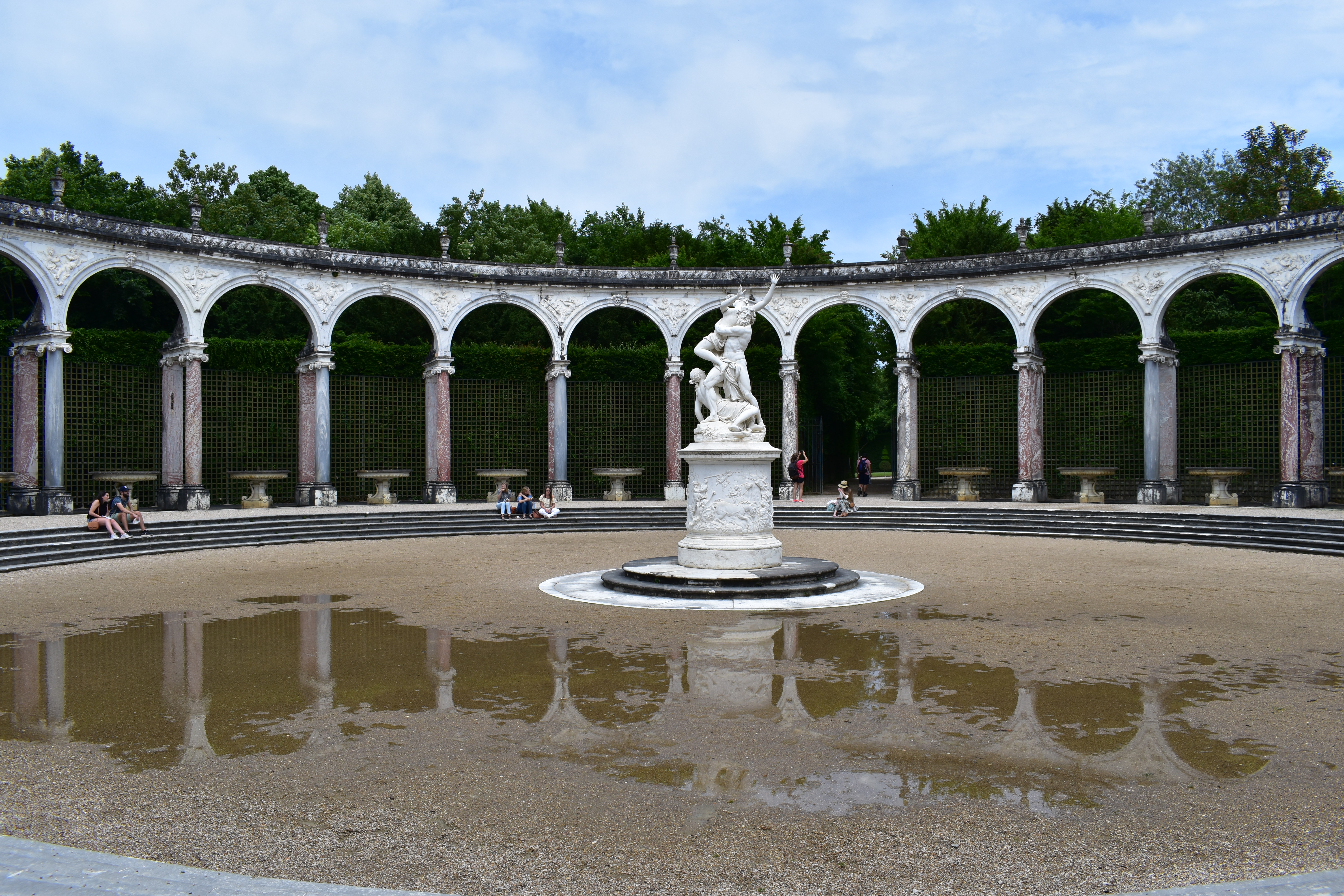
Photo 3. A grove at the Gardens of Château de Versailles.
Three gardens (Le Bois des Moutiers, the Gardens of Versailles and the Gardens of Chenonceau) that we visited in France demonstrated the benefits of garden “rooms.” The gateways provide visitors with surprise and excitement when visiting the gardens. The “rooms,” such as the groves at the Gardens of Versailles, can provide privacy and a place to relax. In your own garden, consider adding a hedge with a hidden bench or hammock for a fun alcove where you can get away from it all.
2. Consider size and texture of plants
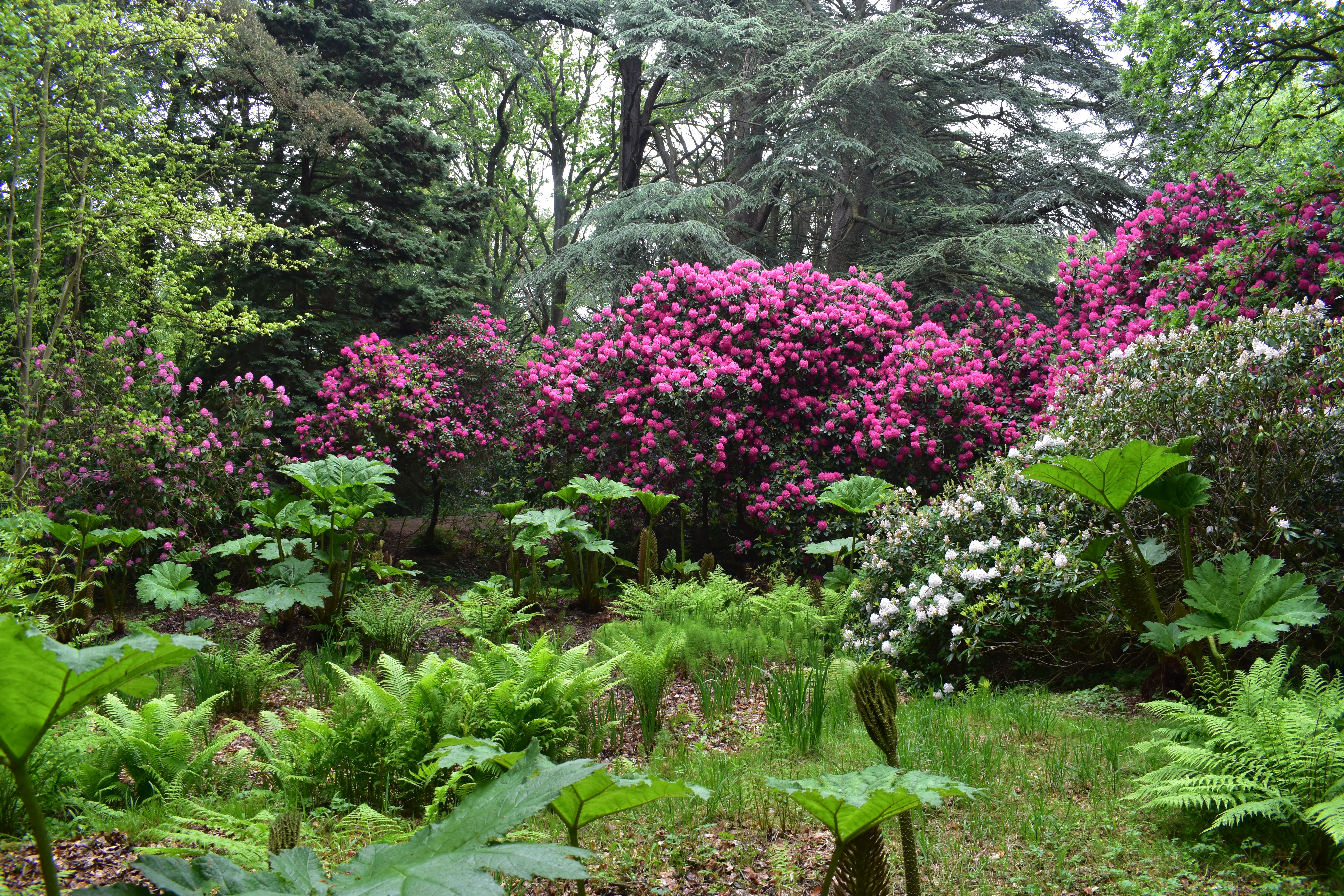
Photo 4. Varied texture of hemlocks, rhododendron and Gunnera at Le Bois des Moutiers in Normandy, France.
At the Le Bois des Moutiers estate, size and texture are considered when planting new gardens on the large property. The fine texture of the hemlocks is in sharp contrast with the 15-foot-tall pink rhododendrons. The large leaves of Gunnera from Brazil have are 4 to 6 feet tall and have shockingly large leaves and dense spines along the petioles. While you might have the space to vary texture with such large landscape plants, try doing so on a smaller scale. Butterbur is a hardy plant for moist shade gardens that can replicate this drama. Also, use of tropical plants, such as elephant ear or Canna, in a container garden will provide the same effect.
3. Xeriscaping

Photo 5. Roadway near the San Anton Gardens in Malta.
Xeriscaping is landscaping or gardening in a way that reduces or eliminates the need for supplemental watering. While in Malta, the water on the island is very precious, so the Environmental Landscapes Consortium (ELC) often plants minimal landscaping along roundabouts and roadways and throughout the towns on the island. They use many native and drought-tolerant plants. Some notable plants used by the Maltese when xeriscaping are: rosemary (Rosmarinus officinalis), hoary rock rose (Cistus criticus) and olive (Olea Europaea). Especially for gardeners in other areas of the United States where water may be limiting, such as in Arizona or Texas, xeriscaping is an excellent way to conserve water and decrease garden maintenance. In Michigan, prickly pear is not only native, but it makes a thrifty ground cover. Other succulents such as hens-and-chicks or sedum can provide great alternatives to more thirsty ground covers.
4. Show your artistic side


Photos 6 and 7. Sculptures at the Domaine de Chaumont-sur-Loire in the International Garden Festival.
The Domaine de Chaumont-sur-Loire, a famous castle and garden in central France along the Loire River, hosts the International Garden Festival each summer. This festival is an exclusive opportunity for landscapers to display their skills. Many of the garden designers used the opportunity to display art such as the “rock-candy-like” blue sculpture or the interesting woven passageway. In order to implement in your own garden, convey your own personality with garden art or sculpture.
5. Reflection Pools
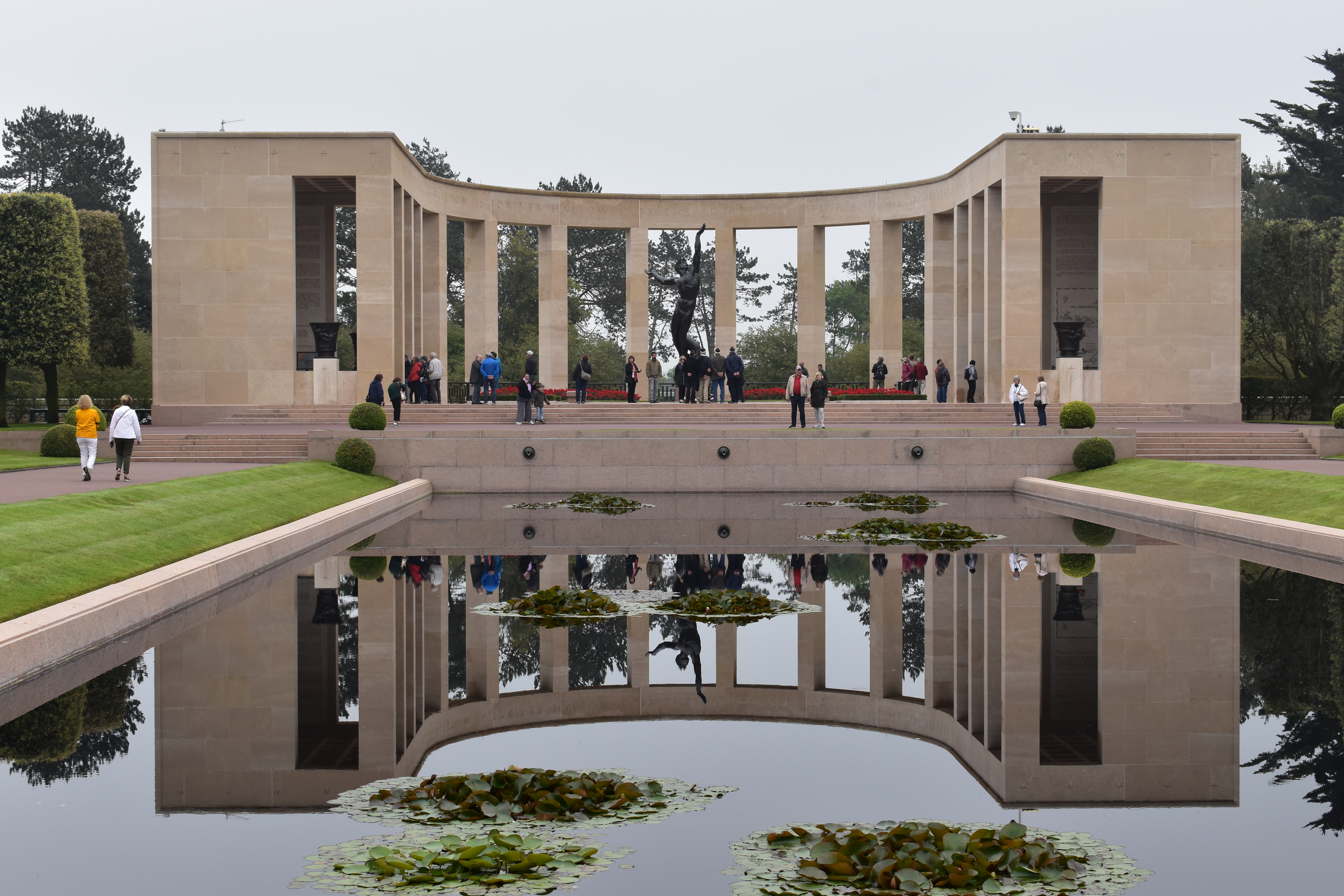
Photo 8. A reflection pool at the Normandy American Cemetery and Memorial near Omaha Beach.
Reflection pools were a common thread among many of the gardens and parks throughout France. One of the more special ones is the reflecting pool at the monument at the Normandy American Cemetery and Memorial. The reflecting pool, home to a few water lilies, adds impact and size to the monument and a location for solitude and reflection for visitors. For a similar effect on a much smaller scale, consider a special water feature or a piece of reflective glass sculpture to your garden.
6. Unique pruning techniques


Photos 9 and 10. Immaculately-pruned linden trees at the Jardins de Luxemboerg in Paris, France and a white wisteria at Le Bois des Moutiers in Normandy, France.
7. Add some formality
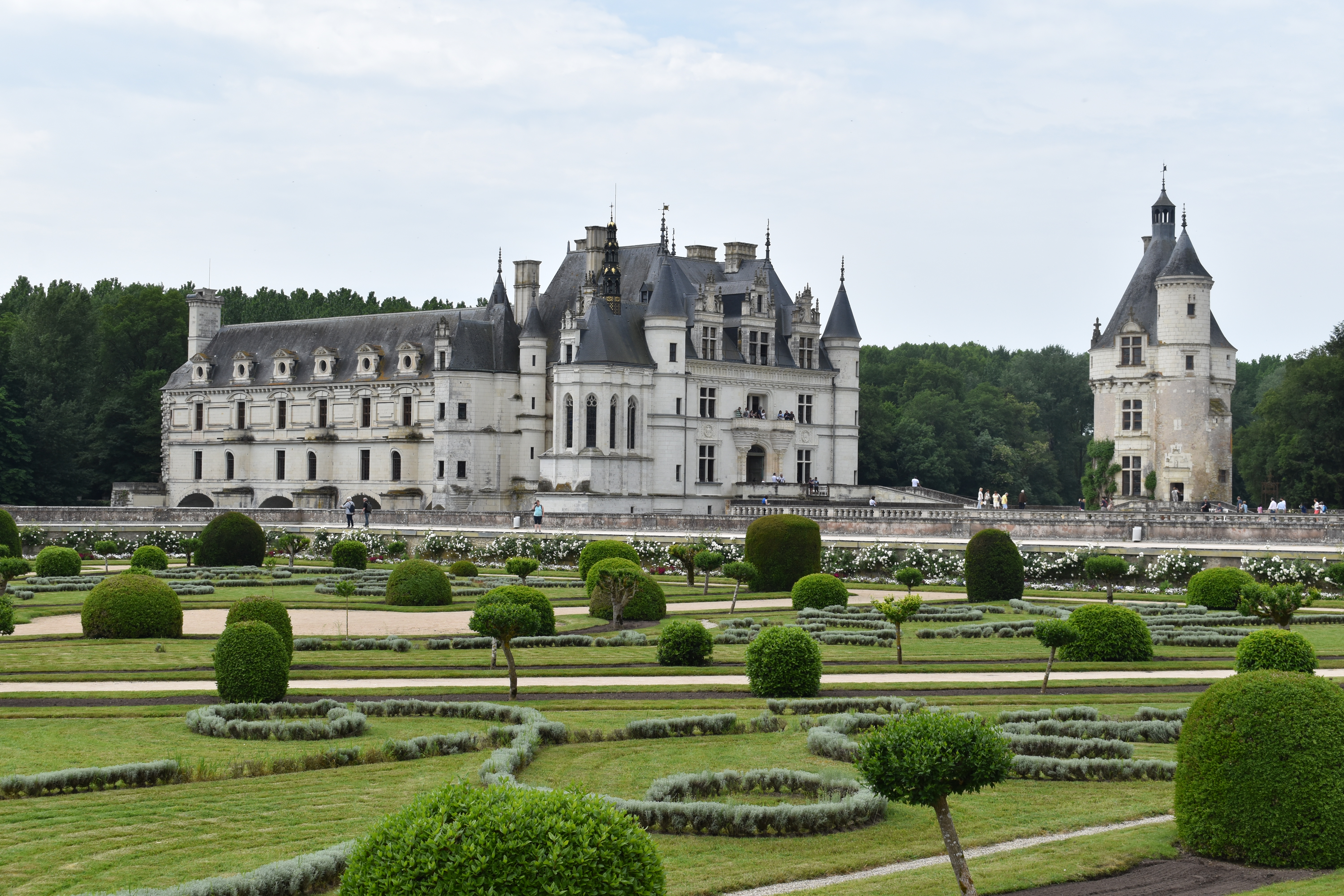
Photo 11. The Garden of Diane de Poitiers at the Château de Chenonceau featured the geometric formal Renaissance style.
At the Château de Chenonceau gardens, the Garden of Diane de Poitiers features tightly clipped, formal, swirling hedges and pruned shrubs. These Renaissance gardens contain two diagonal paths and emphasizes geometry. In your garden, consider adding a geometric element with a simple low-growing herb hedge along the perimeter of a garden.
8. Add some beautiful chaos

Photo 12. An interplanting of foxglove and violas at the Domaine de Chaumont-sur-Loire.

Photo 13. An interplanting of early-summer flowers at Claude Monet’s garden.
In contrast to the formal Fresh Renaissance-style garden, consider adding some beautiful chaos to your garden. At the Domaine de Chaumont-sur-Loire, this inter-planting of foxglove and violas was a spectacular floriferous show! Another excellent example of a garden with beautiful chaos is Claude Monet’s garden. Early-summer blooming flowers such as peonies, poppies, iris, flox and roses are interplanted for splashes of color. When planting with ‘beautiful chaos,’ try making the beds into organic shapes with curves to match the style.
9. Consider the color wheel
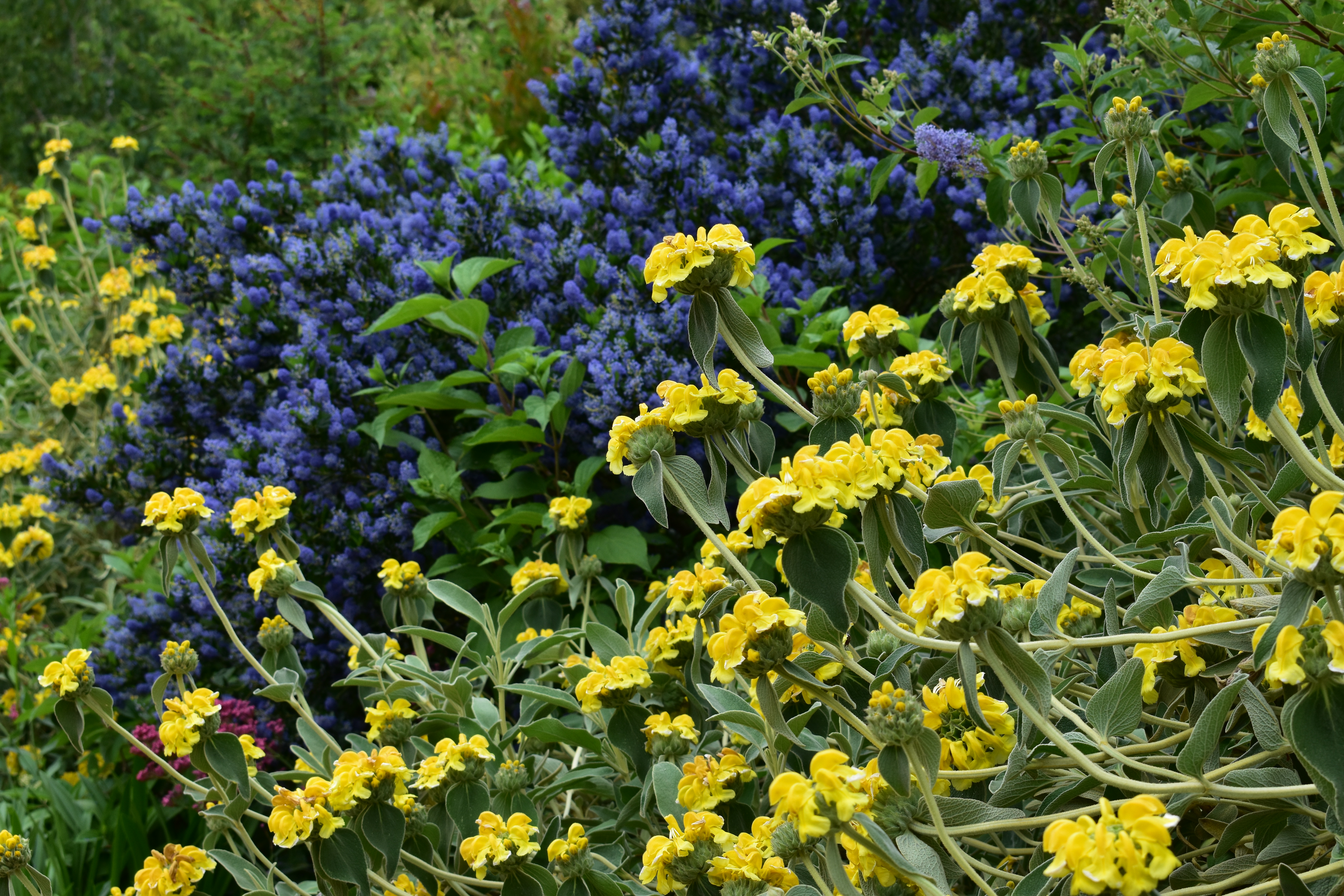
Photo 14. The flowers of the Phlomis and New Jersey Tea are an excellent combination since yellow and blue are opposite each other on the color wheel.
At the Domaine de Chaumont-sur-Loire, a gorgeous pairing of yellow Phlomis really sets off the color of a blue New Jersey Tea (Ceanothus americanus). Why is this color pairing so aesthetically appealing? Known as “complimentary colors,” yellow and blue sit across from each other on the color wheel making them a striking combination.
10. Add a block of color!

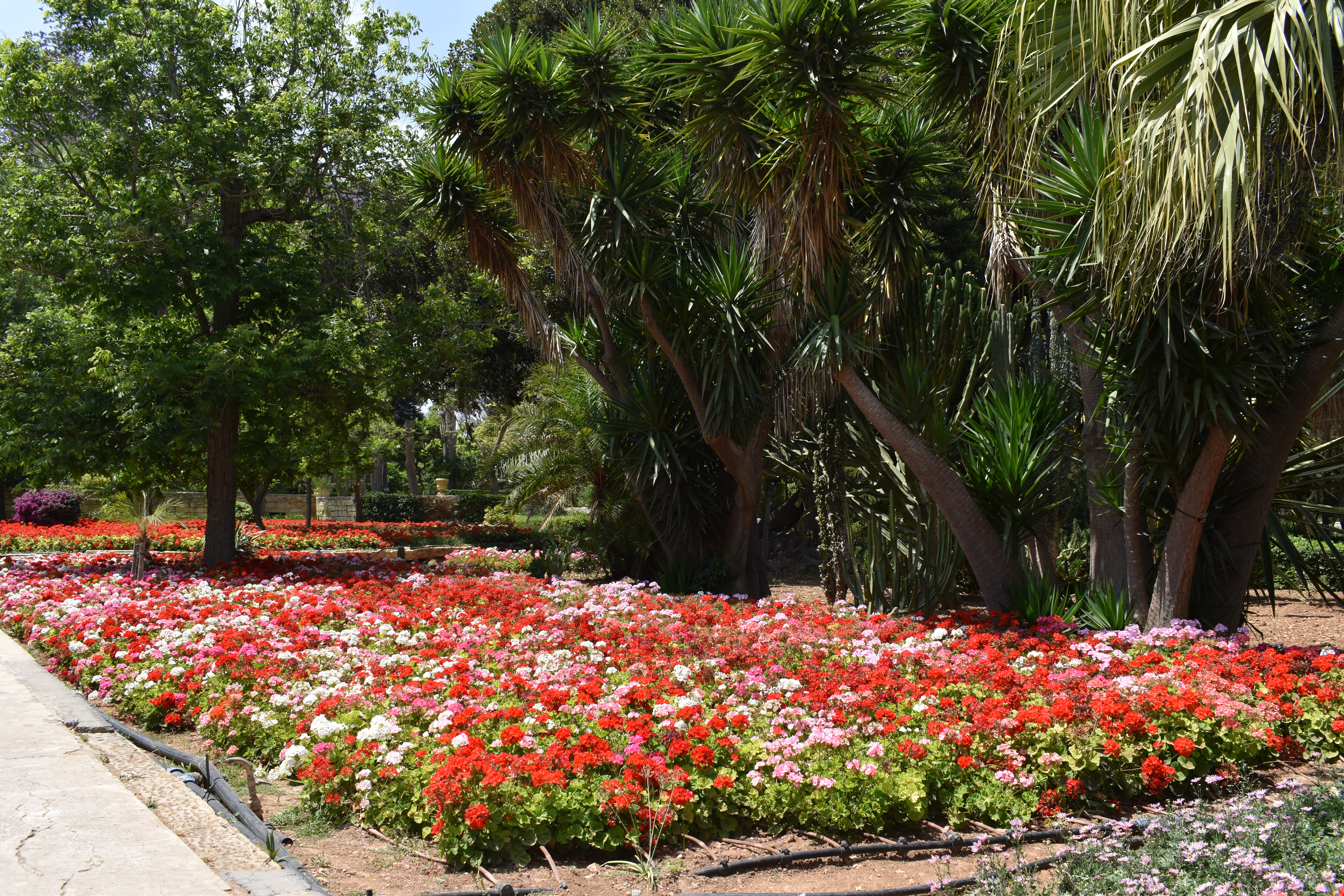
Photos 15 and 16. Blocks of color of purple iris and geraniums at European gardens.
Nothing asks for a photo-op like a large block or mass of color. Two of my favorite examples of blocks of color was a large bed of iris at a garden in the Domaine de Chaumont-sur-Loire and the other was a large planting of pink and red geraniums at San Anton Gardens on the island of Malta. In contrast to picking colors on the opposite sides of the color wheel, choose to creature a monotone garden of a bright color for a large impact!



 Print
Print Email
Email

